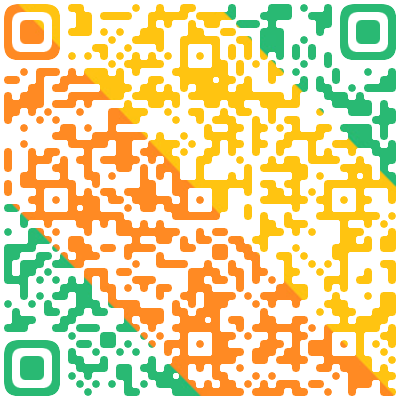After years of painstaking research and sophisticated surveys, Jaco Boshoff may be on the verge of a nearly unheard-of discovery: the wreck of a Dutch slave ship that broke apart 239 years ago on this forbidding, windswept coast after a violent revolt by the slaves.Boshoff, 39, a marine archaeologist with the government-run Iziko Museums, will not find out until he starts digging on this deserted beach on Africa´ s southernmost point, probably later this year.
After three years of surveys with sensitive magnetometers, he knows, at least, where to look: at a cluster of magnetic abnormalities, three beneath the beach and one beneath the surf, near the mouth of the Heuningries River, where the 450-ton slave ship, the Meermin, ran aground in 1766.
If he is right, it will be a find for the history books —especially if he recovers shackles, spears and iron guns that shed light on how 147 Malagasy slaves seized their captors´ vessel, only to be recaptured. Although European countries shipped millions of slaves from Africa over four centuries, archaeologists estimate that fewer than 10 slave shipwrecks have been found worldwide. If he is wrong, Boshoff said in an interview, "I will have a lot of explaining to do. "
He will, however, have an excuse. Historical records indicate that at least 30 ships have run aground in the treacherous waters off Struis Bay, the earliest of them in 1673. Although Boshoff says he believes beyond doubt that the remains of a ship are buried on this beach — the jagged timbers of a wreck are sometimes uncovered during September´ s spring tide — there is always the prospect that his surveys have found
the wrong one.
"Finding shipwrecks is just so difficult in the first place, " said Madeleine Burnside, the author of Spirits of the Passage, a book on the slave trade, and executive director of the Mel Fisher Maritime Heritage Society in Key West, Florida. "Usually — not always — they are located by accident. "
Other slave-ship finds have produced compelling evidence of both the brutality and the lucrative nature of the slave trade.
查看答案
相关试题
换一换


热门试题



 使用微信扫一扫登录
使用微信扫一扫登录